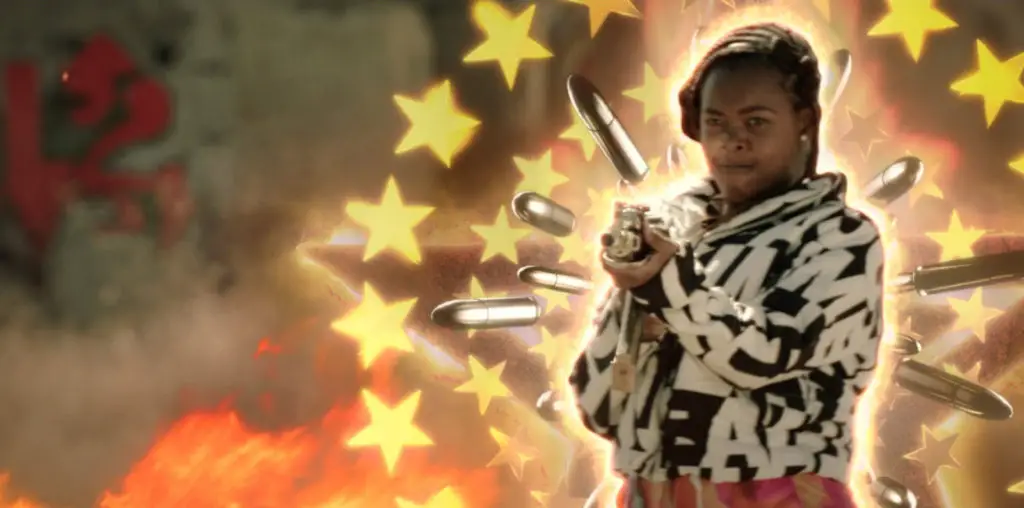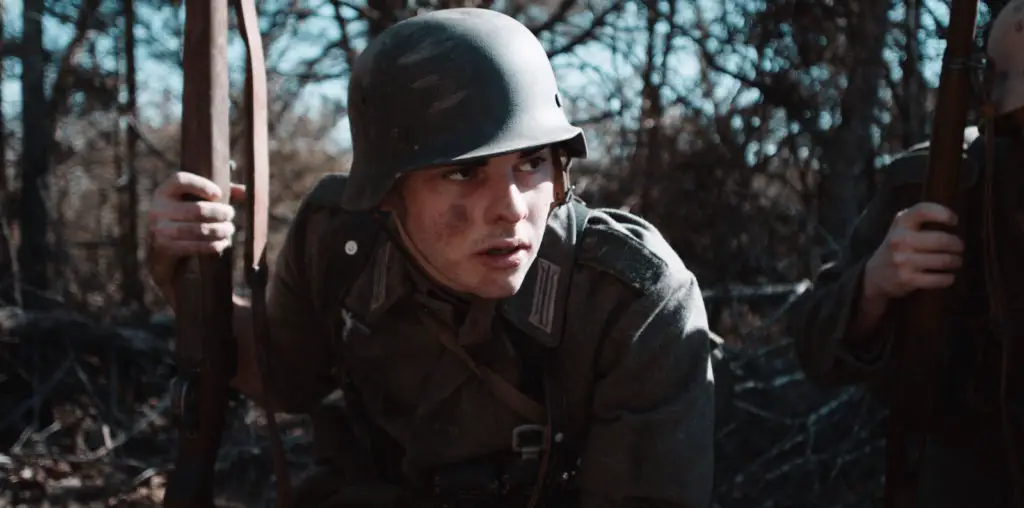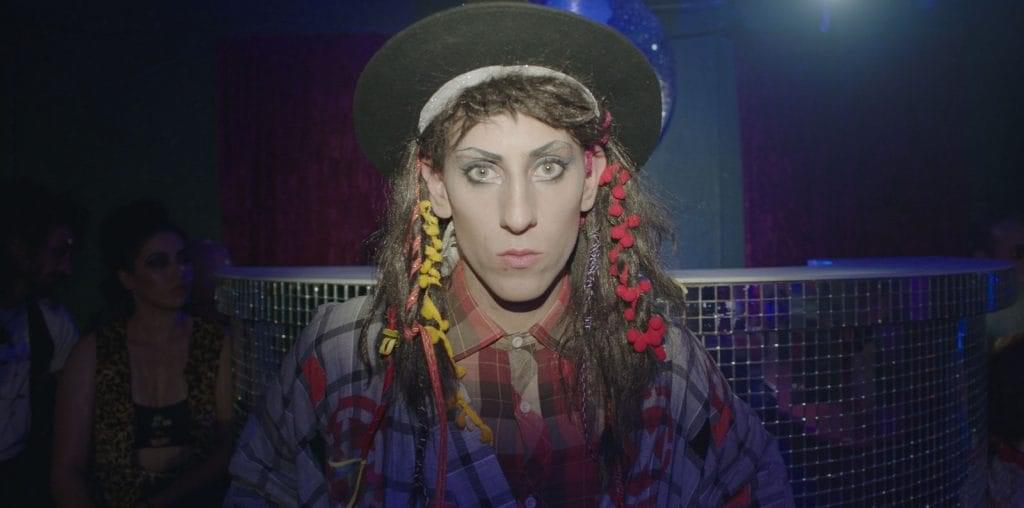
Rene Laloux is a French animator best known for his 1973 film, “Fantastic Planet”; a kind of surrealistic tale about class struggle. It’s not the only thing he’s done, though. Miramax released his 1986 feature, “Light Years”, based upon an Isaac Asimov story. It’s his second film, “The Masters of Time” from 1982 that has rarely been seen in the United States.
Seven-year-old Piel (voice of Frederic Legros) is the sole companion of his father on an exploration of the planet Perdide. Following an attack by a native swarm of space hornets, Dad knows he won’t survive much longer, so he sends his son into an alien forest with an egg-shaped communication device until he can be rescued. Too young to understand what is happening and the nature of what his father has given him, Piel is told the communicator is named Mike, and to follow any instructions it provides him.
Before his death, Dad sends a message to his friend Jaffar (voice of Jean Valmont), who possesses a matching device, to come rescue the boy. The two devices allow instant communication within the same sector of space, but it will take some time for Jaffar’s ship to reach Perdide. Currently, he is transporting an exiled prince and princess and their fortune to a safe location. A man of honor, Jaffar drops everything to save the child, and with the help of old friend Silbad (Michel Elias) he might do just that.
It’s not going to be easy, though. You’d be amazed what the would-be heroes encounter along the way. Along the journey, Jaffar, the princess, and Silbad become quite attached to the kid as they try to keep him safe and alive. The little tyke is quite fond of his strange new pal, Mike, who has multiple voices. You never know what might kill you on a strange planet, however, particularly when it has been marked for colonization by a far-advanced race known as…THE MASTERS OF TIME.
The thing to bear in mind is that this film came out in 1982. Animation budgets (especially French) are nowhere near what they are now. “The Masters of Time” is a bit uneven in detail, but many parts look fantastic.
The look, and more than a little of the story, can be attributed to Laloux’ collaborator, graphic artist Jean Giraud, better known as Moebius. Giraud, credited as co-writer and designer, is best known for his series of mostly science-fiction graphic novels and illustrations. His connections to other forms of media run deep. Aside from employing such figures as director Alejandro Jodorowsky (“El Topo”, “Santa Sangre”) in writing his stories, Giraud has served as a conceptual artist and designer for such films as “The Fifth Element,” “The Abyss,” “Alien,” and “Blade Runner”. He was the author of one of the stories that a segment of the animated “Heavy Metal” film is based upon. In addition, he did much work on Jodorowsky’s unfilmed version of “Dune” and a futuristic arcade in San Francisco’s Metreon entertainment center.
Obviously, this is an attempt to bring Giraud’s work to the screen for a feature length film. There are problems. The tone veers all over the place and many of the obstacles faced by this motley space crew come out of nowhere. Bits of precious whimsey do creep in, mainly in the form of a pair of newborn telepathic space gnomes (no, I’m not kidding). The most jarring element occurs with the arrival of the titular “Masters of Time”. Not much really builds up to their appearance, which changes the nature of the story. It’s like watching “2001: A Space Odyssey” if no reference had been made to monolith before Dave Bowman goes to check it out at the end of that film.
“The Masters of Time” is uneven in story, sound, and a bit of the animation. All these areas need work. Still, it will draw you in and it’s much better and more ambitious than most of what comes out of Japan. It may not look or sound quite as good as, say, “Titan: æ”, but this ’82 film will stay in my memory much longer than that film did. Whatever its faults, at least “The Masters of Time” is interesting and memorable. That’s a lot more than most films are.


